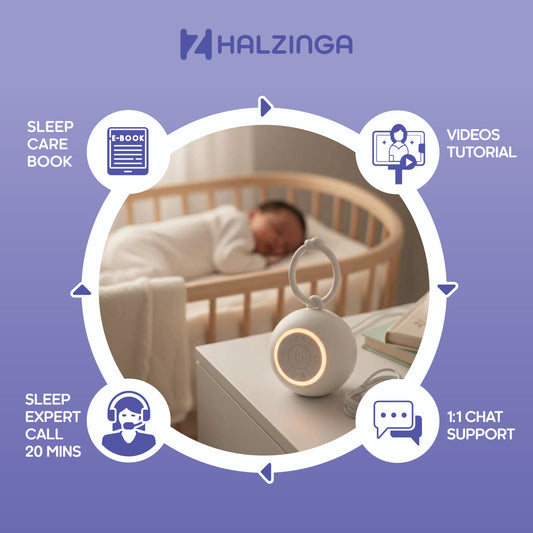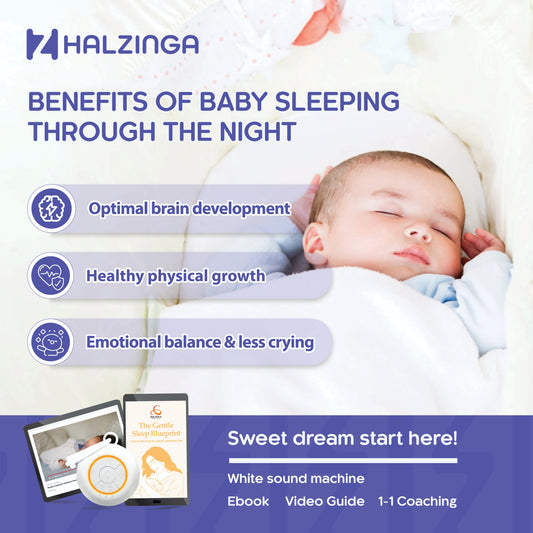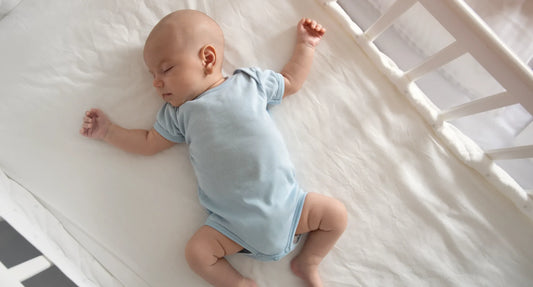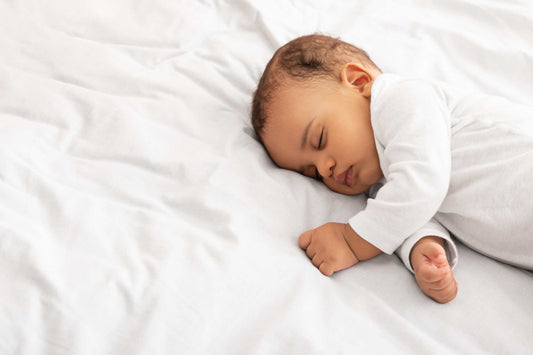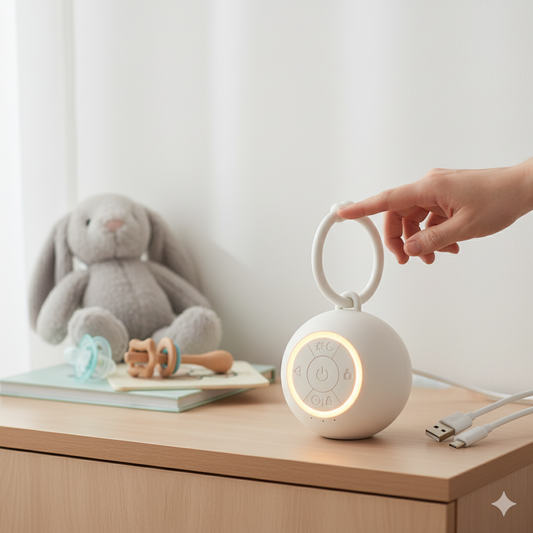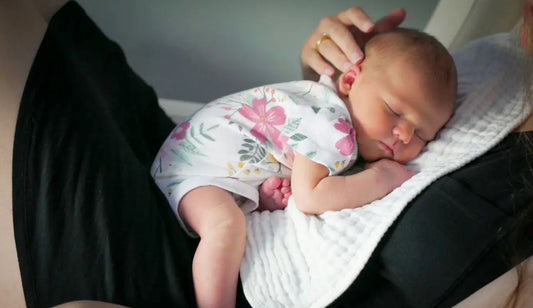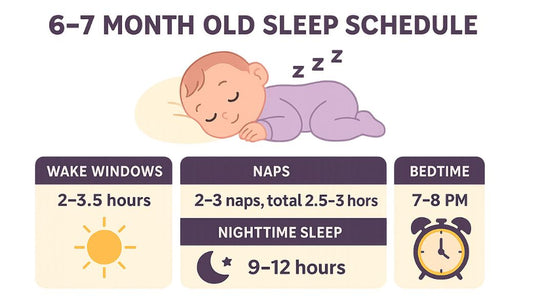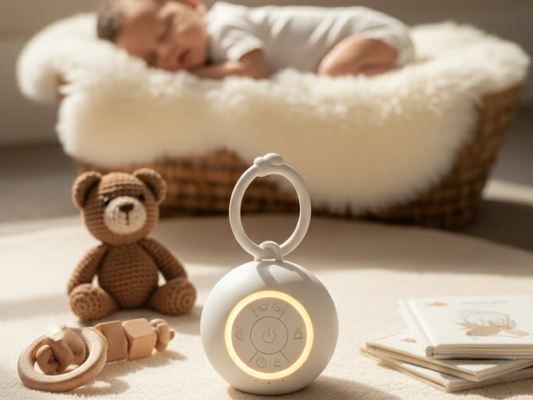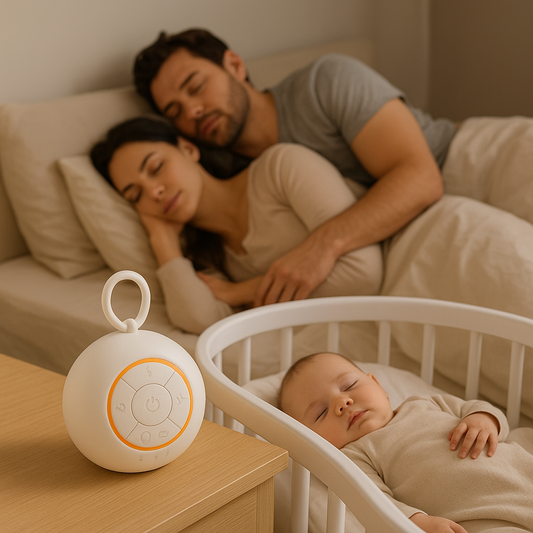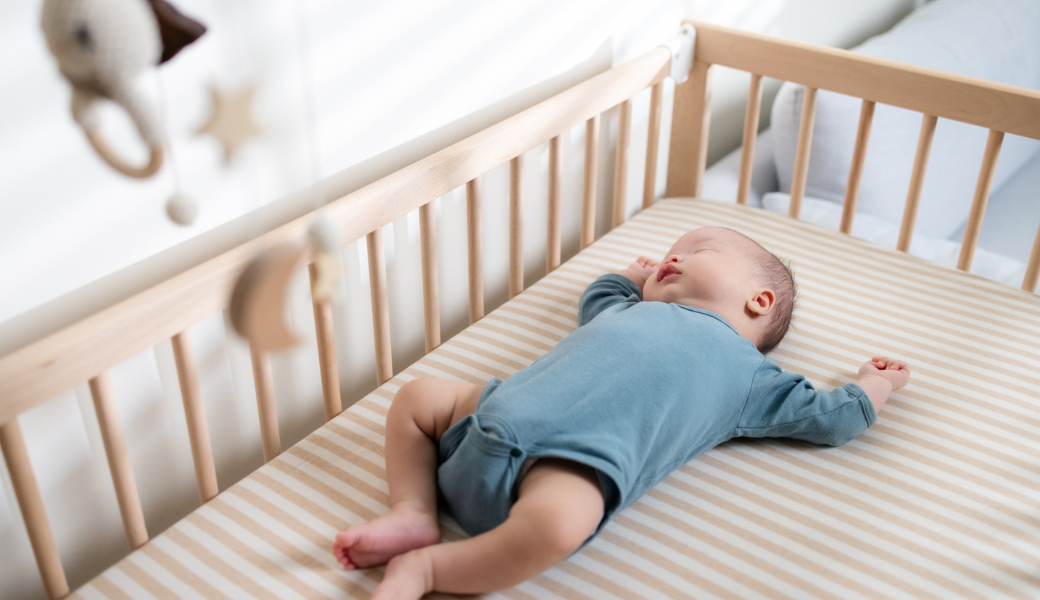
Safe Sleep Practices: Reducing the Risk of SIDS While Helping Baby Rest
For new parents, nothing is more important than keeping their baby safe while also ensuring they get the rest they need to grow and thrive. One of the greatest concerns during infancy is Sudden Infant Death Syndrome (SIDS), the unexplained death of a baby under one year of age, often occurring during sleep. While the exact causes of SIDS remain unclear, research shows that certain safe sleep practices can significantly reduce the risk. These same practices also create an environment where babies can sleep more peacefully. In this guide, we’ll explore evidence-based strategies for safe sleep that not only protect your child but also help them rest better.
The Importance of Safe Sleep
Sleep is vital for babies, but it also comes with unique risks. Infants spend many hours asleep each day, making the sleep environment a critical factor in their safety and well-being. Safe sleep practices are designed to reduce risks such as suffocation, entrapment, and SIDS. Beyond safety, a well-prepared sleep environment promotes deeper, more restorative rest, which supports brain development, growth, and emotional regulation.
The Safe Sleep Basics
Experts like the American Academy of Pediatrics recommend a set of core safe sleep guidelines for babies under one year old. These include:
-
Always place your baby on their back to sleep, both at night and for naps
-
Use a firm, flat sleep surface such as a crib, bassinet, or play yard with a fitted sheet
-
Keep the sleep area free of pillows, blankets, stuffed animals, and bumper pads
-
Share a room with your baby, but not a bed, for at least the first 6 months
-
Avoid overheating by dressing your baby in light sleep clothing and keeping the room at a comfortable temperature
These basic steps alone can dramatically reduce the risk of SIDS and other sleep-related dangers.
Sleep Position: Why Back is Best
One of the most important safe sleep practices is placing babies on their backs. Research shows that this position keeps airways clear and reduces the likelihood of suffocation. Side sleeping and stomach sleeping increase risk and should be avoided until the baby is able to roll independently both ways. Once a baby can roll over on their own, you should still place them on their back initially, but allow them to find their own comfortable position during sleep.
Creating a Safe Sleep Environment
A baby’s sleep space should be simple and uncluttered. While it may be tempting to add soft blankets or stuffed animals, these increase the risk of suffocation and entrapment. Instead, focus on safety and comfort with a few essentials:
-
A firm mattress covered with a snug-fitting sheet
-
A sleep sack or wearable blanket to keep your baby warm without loose fabric
-
Blackout curtains to block excess light
-
A white noise machine placed safely across the room to provide consistent soothing sound
A white noise machine is especially useful because it masks background noise from the household, making it less likely your baby will wake up at every disturbance. This not only helps your baby rest more deeply but also ensures their sleep is less interrupted without compromising safety.
Room-Sharing vs. Bed-Sharing
Many parents wonder whether they should share a bed with their baby. While bed-sharing may feel convenient for nighttime feedings, it increases the risk of suffocation and entrapment. Room-sharing, on the other hand, is recommended as the safest option. Placing your baby’s crib or bassinet in your room allows you to monitor them closely while reducing the risks associated with sharing a bed. It also makes nighttime care easier without compromising safety.
Avoiding Overheating and Safe Swaddling
Overheating is another factor linked to an increased risk of SIDS. Parents should keep the room cool, dress the baby in breathable layers, and avoid heavy blankets. A sleep sack is a safe alternative to blankets, keeping the baby warm without covering their face.
If you choose to swaddle, it should be done safely. Swaddle snugly but not too tightly, allowing room for hip movement. Always place a swaddled baby on their back, and stop swaddling once your baby shows signs of rolling over to prevent suffocation risks.
The Role of Pacifiers in Safe Sleep
Studies suggest that offering a pacifier at bedtime or naptime may reduce the risk of SIDS. While the exact reason is not fully understood, it is believed that pacifiers may help keep airways open or prevent babies from falling into very deep sleep stages. If you choose to use one, wait until breastfeeding is well established, then offer it at sleep times. If the pacifier falls out after the baby is asleep, you don’t need to reinsert it.
Safe Daytime Practices That Support Sleep
What happens during the day can also impact safe sleep at night. Providing supervised tummy time while your baby is awake helps strengthen muscles and prevents flat spots on the head. Establishing consistent nap times and a predictable bedtime routine reduces overtiredness, which can make it harder for your baby to fall and stay asleep. Activities such as a warm bath, gentle rocking, or soft lullabies prepare your baby for rest and work in harmony with safe sleep guidelines.
Common Mistakes to Avoid
Even with the best intentions, many parents make small mistakes that increase risks. These include:
-
Using car seats, swings, or couches as regular sleep surfaces
-
Adding loose blankets or pillows to the crib for comfort
-
Placing the crib near cords, blinds, or objects that pose strangulation hazards
-
Using overly soft mattresses or cushions instead of firm surfaces
-
Forgetting to check the room temperature, which can lead to overheating
Avoiding these mistakes ensures your baby’s sleep environment remains as safe as possible.
Final Thoughts
Safe sleep practices protect your baby from risks like SIDS while also promoting healthy, restful sleep. Placing your baby on their back, using a firm mattress, avoiding loose bedding, and keeping the sleep environment uncluttered are simple yet powerful ways to safeguard their nights. Adding tools like a white noise machine can enhance rest by masking disruptive sounds without introducing hazards.
While every baby is unique, following evidence-based safe sleep guidelines gives you peace of mind and creates the foundation for healthier sleep habits as your child grows. With consistency, awareness, and a focus on safety, you can help your baby rest soundly while keeping them protected.
